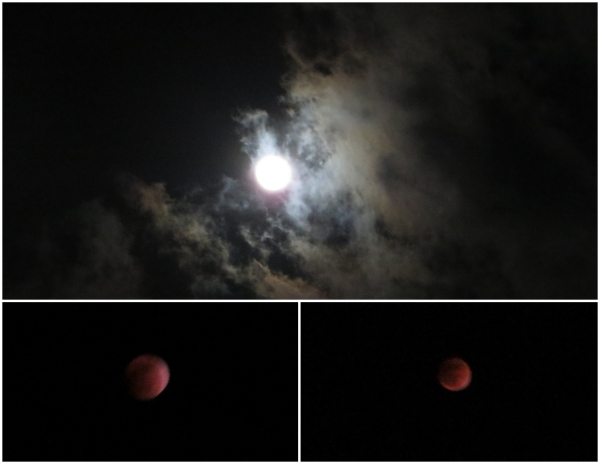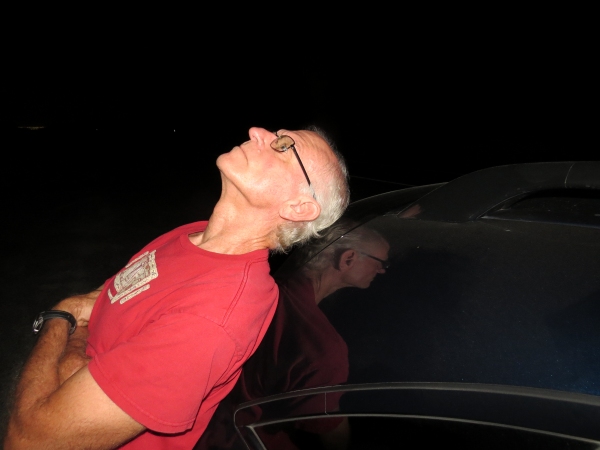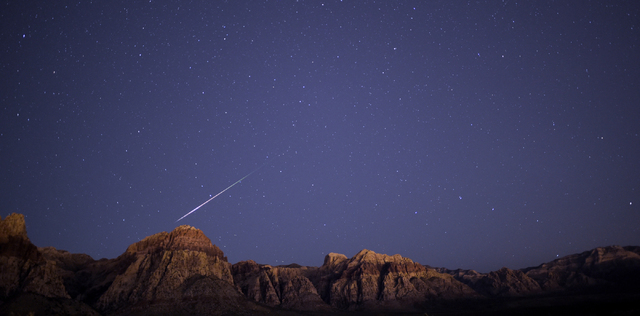Meteors in the Desert
/Every August we vow we'll get up to watch annual Perseid meteor shower and we usually remember to do it some time in mid-late September. We've observed several astronomical events while aboard Nine of Cups. Its a rare night that we don't see a shooting star or two during night watch. Clear nights at sea, away from city lights, are particularly amenable to stargazing. The blood moon eclipse in September 2015 was one such event and we took advantage of it by lying on deck with our pillows to view it. Photos of a slow event on a rocking boat, however, are never easy.

This year we remembered the annual Perseid meteor shower. It was at its peak the other night and we ventured out into the desert to watch the show. We set our alarm for 0245 and the four of us were out the door by 0300. The night was cool, compared to the sweltering 110F+ (45C) temps during the day. The sky was clear, but the loom of the Las Vegas lights occluded our view. We drove north on Interstate 15 about 20 miles, turned off the highway and parked midst the hills. We leaned against the car and gazed up at the stars. The moon had set. Orion was rising and the Pleiades were bright and sparkling. A perfect night in the desert.

The meteor shower was at its peak and shooting stars streaked across the sky in every direction. It was estimated that as many as 200 meteors per hour could be expected to whiz past. We didn't see quite that many, but it was quite the spectacle nonetheless.

According to several sources, the shooting stars are “the result of debris left behind by the Swift-Tuttle comet which passes close to the Earth every 133 years. The comet last passed through our solar system in 1992. As it did so, the Sun’s rays heated its frozen surface and released trillions of small particles.
The Earth passes through this debris once each year. The particles strike the Earth’s atmosphere at speeds of 125,000 mph (200,000 kph) and burn up, creating the dazzling bright streaks.
The Perseid meteor shower has been observed for at least 2,000 years.” How cool is that? Two thousand years ago, people stood and gazed up to watch the show just as we were doing now.

